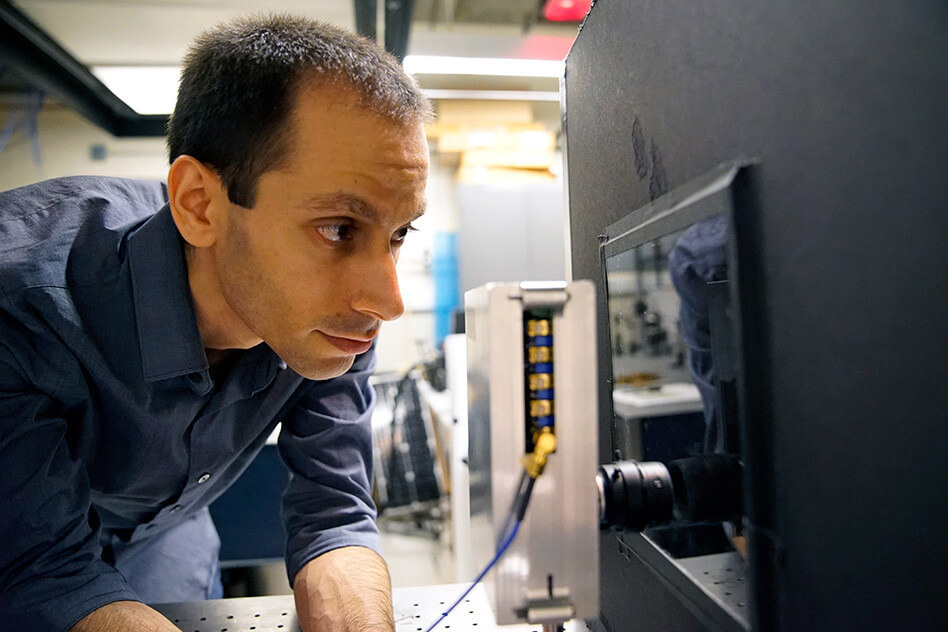Autonomous vehicle technology has seen quite a few advancements over the past several years but it's still far from perfect. Indeed, while many self-driving cars now possess sensor systems capable of detecting pedestrians, road signs and other vehicles in even the worst weather conditions, there's always been one major roadblock for the industry - fog.
As many vehicles use visible light-based sensor systems to detect things like street signs and react accordingly, they often rely on having a relatively clear path to an object in order to detect it. Since fog "scatters" light, causing it to behave differently than it normally would, misty road conditions can present quite a few problems for autonomous vehicles that use those systems.
Fortunately for industry leaders, that could change soon. Researchers from MIT have discovered a way to allow visible light-based sensor systems to more accurately detect objects in even the densest fog. MIT's system can "resolve images of objects and gauge their depth" at a range of up to 57 centimeters, whereas the average human can only see roughly 36 centimeters.
That number may not seem terribly impressive at first but researchers simulated "far denser" fog in their tests than anything the average human driver would ever have to worry about. For the sake of comparison, ordinary fog typically allows drivers to see roughly 30 to 50 meters.
It's also worth noting most other self-driving cars possess sensor systems that actually perform worse than standard human vision in foggy conditions, so MIT's solution could be a significant step forward for the industry.
The details regarding how MIT's system works in practice are quite technical but at its core, the solution lies in statistics. After recognizing the arrival time of light reflected off of fog particles adhered to a single statistical pattern – known as "gamma distribution" – regardless of fog density, researchers were able to develop a system that could account for realistic fog variations over time.
In other words, fog becoming denser or lighter over time will not completely throw off MIT's sensors - rather, it would seem they can adapt accordingly.
